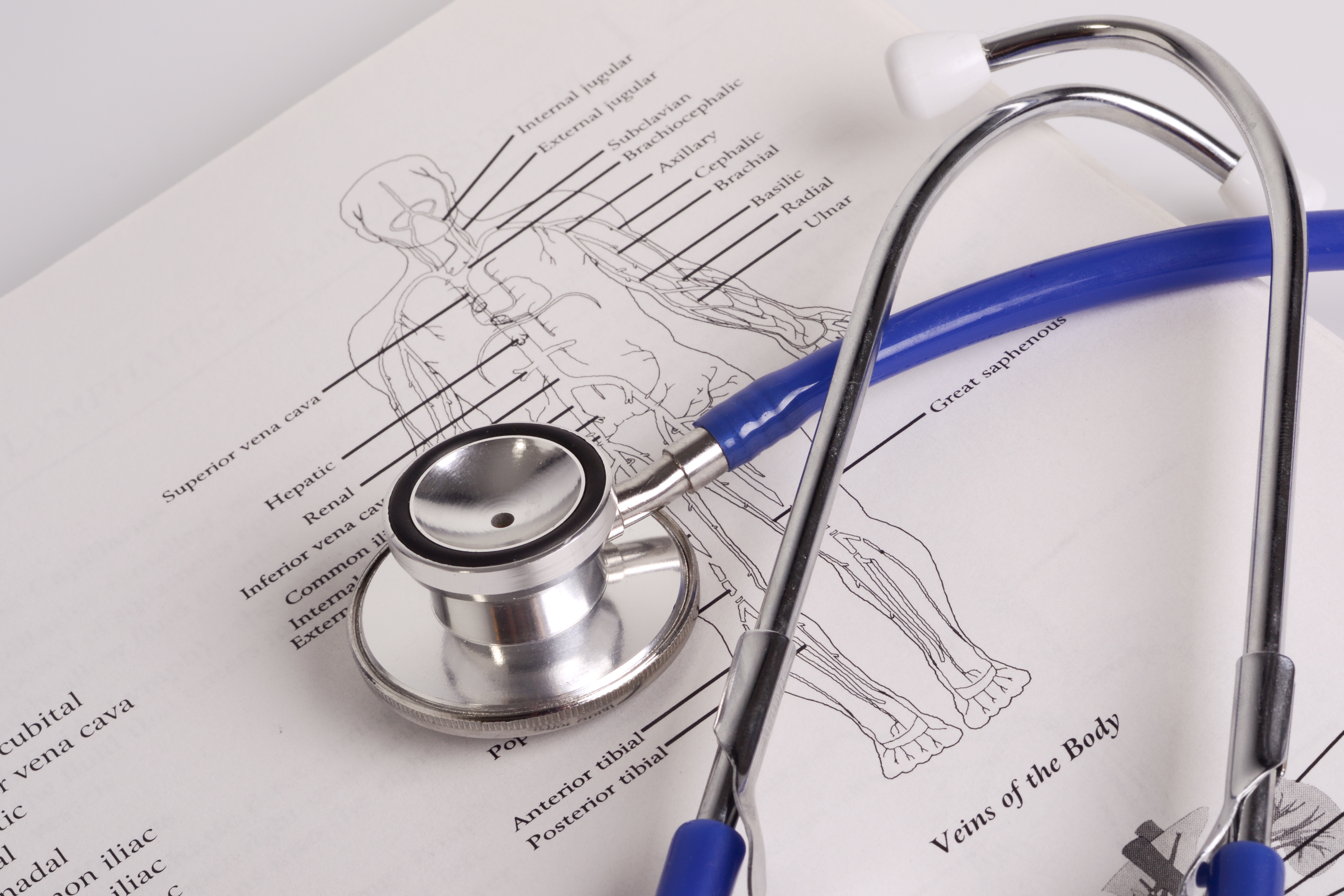
In the ever-evolving landscape of healthcare, the cornerstone lies in the quality of medical education. The phrase "medical education" encompasses a dynamic realm where traditional methods are seamlessly blending with cutting-edge technologies to shape the future healers of our society. This article delves into the transformative journey of medical education, exploring the advancements, challenges, and the promise it holds for the next generation of healthcare professionals.
Bridging Gaps With Technology
Traditional classrooms are transcending physical boundaries, giving rise to a globalized approach in medical education. Virtual classrooms, augmented reality, and simulation technologies are becoming integral tools, providing students with immersive learning experiences. This not only fosters a deeper understanding of medical concepts but also prepares students for real-world scenarios they may encounter in their future medical practices.
Pioneering Pedagogy Through Immersive Technology
Step into the digital amphitheater where medical education is rewriting its script. Virtual classrooms, augmented reality, and simulation technologies are the unsung heroes, bridging geographical gaps and providing an immersive experience. Picture medical students dissecting virtual cadavers, practicing surgeries in simulated environments, and collaborating globally in real-time. This is not merely a shift in medium but a revolution in comprehension and application.
Unveiling The Mosaic - Interdisciplinary Collaboration
In the ever-evolving sphere of healthcare, medical education is tearing down disciplinary walls. Imagine a learning environment where future doctors collaborate with professionals from diverse fields - psychologists, engineers, and sociologists. This cross-pollination of ideas fosters a comprehensive understanding of patient care, creating healthcare professionals with a panoramic perspective, ready to navigate the intricate landscape of modern medicine.
Personalized Learning Paths
The one-size-fits-all model is fading away, making room for personalized learning paths. Adaptive learning platforms leverage artificial intelligence to assess individual student strengths and weaknesses. This allows educators to tailor curricula, ensuring that students receive targeted support where needed. The result is a more efficient and effective educational journey, catering to the diverse learning styles within the medical student community.
Interdisciplinary Collaboration
In the ever-collaborative field of healthcare, silos are dissipating within the realm of medical education. Students are now exposed to interdisciplinary approaches, working alongside professionals from diverse fields. This not only enriches their understanding of holistic patient care but also nurtures a collaborative mindset, essential for the complex healthcare challenges of the future.
Real-world Application - From Bench To Bedside
Medical education is transcending the theoretical realm, emphasizing the importance of practical application. Students are actively engaged in real-world scenarios, from clinical rotations to community outreach programs. This hands-on approach not only solidifies theoretical knowledge but also instills a sense of responsibility and empathy crucial for future healthcare practitioners.
Challenges And Solutions
While the evolution of medical educationis promising, it is not without challenges. Issues such as information overload, ethical concerns in technology use, and the need for standardized assessments pose hurdles. However, ongoing efforts to address these challenges through continuous research, adaptive policies, and stakeholder collaboration are paving the way for sustainable solutions.
Conclusion
In the kaleidoscope of progress, medical education emerges as a vibrant mosaic of tradition and innovation. The integration of technology, personalized learning, interdisciplinary collaboration, and real-world application are shaping a generation of healthcare professionals equipped to tackle the complexities of modern medicine. As we continue this transformative journey, the promise of medical education lies not just in imparting knowledge but in nurturing compassionate, adaptable, and competent healers for a healthier world.
